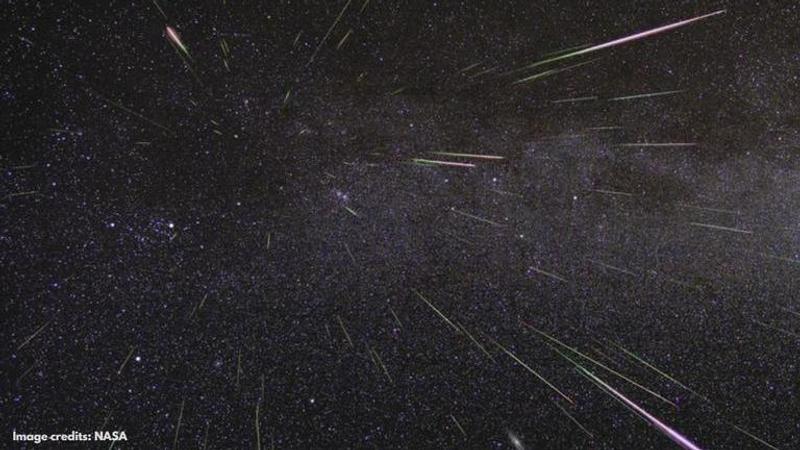Published 15:39 IST, August 11th 2020
Perseid meteor shower filmed by NASA's All-Sky Fireball Network
NASA's All-Sky Fireball Network filmed the Perseid meteor shower on August 8 and August 9. Scroll on to check out the video and get details on the meteor peak.

Advertisement
Space enthusiasts are bracing up for the next Perseid meteor shower which is set to occur on August 11 and August 12. These prolific meteor showers can be quite astounding to watch and are also regarded among the best meteor showers of the year. They are also considered to be the most beautiful of all meteor showers.
Also Read | NASA Launched Discoverer 13 Satellite On This Day In 1960, First Ever Recovered From Orbit
Perseid Meteor Shower video
The Perseid meteors were filmed by NASA's All-Sky Fireball Network over the weekend on August 8 and August 9. The video footage sees the Perseid meteors streaking across the dark sky which is sure to entice the stargazers to catch the event when the Perseid reaches its peaks.
Also Read | Fast Radio Burst From 30k-yr-old Dead Star In Space Found Closer To Earth Than Ever Before
The Perseids are some of the brightest meteor showers that appear every year and are related to the comet Swift-Tuttle. They take place between July 17 and August 24 and favour the Northern Hemisphere. However, the Perseids reach their peak between August 11 and August 12, which are the best days to watch the phenomenon. NASA has confirmed that the Perseid meteors had been streaking overhead since late last month and will finally reach a peak during the pre-dawn hours of August 12.
The American space agency has also said that people who are excited to catch the event should either wake up early on August 12 or stay up until the late-night hours of August 11 to get a glimpse of the Perseid meteor shower. Also, the best time to watch the phenomenon is starting 2 AM till dawn.
The Perseid's brightness is also affected as the Moon rises at midnight. This means that the frequency of visible Perseid meteors will be quite lower, however, there is still a good possibility of getting a decent view since there will be at least one meteor every two minutes after reaching its peak.
According to Space.com, you don't really need to know where the meteors will appear; all you need to do is head outside during the peak hours and look up in the sky. It also explains that you simply need to allow your eyeballs to adjust to the dark sky, and wait until the streaks of light show up.
Image credits: NASA
15:39 IST, August 11th 2020



